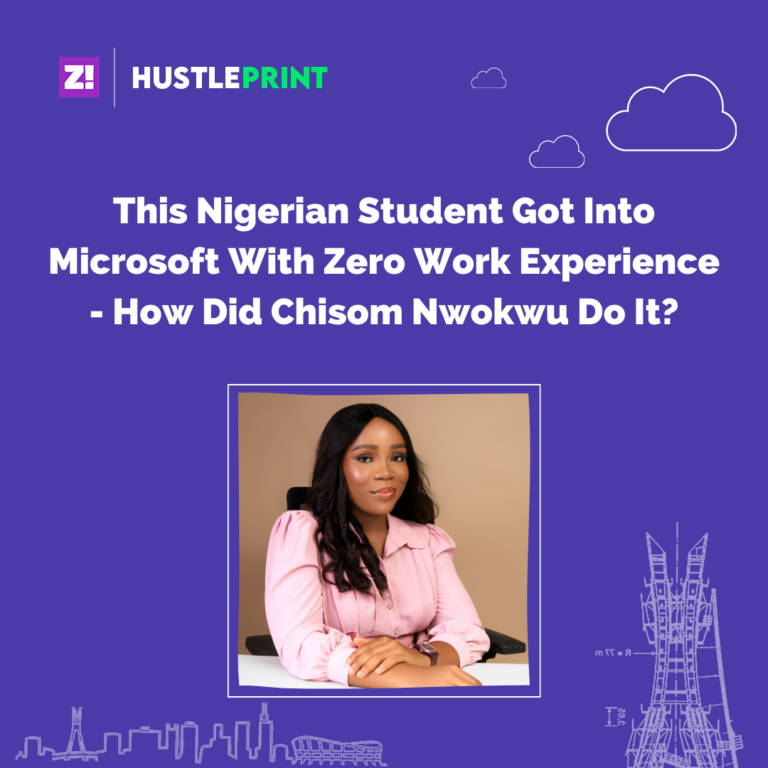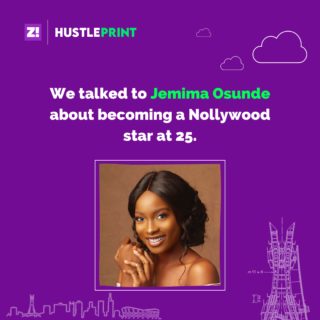After speaking with Owo Anietie on his journey from selling his first art for ₦10 to donating $500k to a dance academy in Ikorodu, we decided to ask five other black NFT artists what their journey has been like so far.
Let’s start with a quick explainer
The rad term for the cool kids these days is “minting.”
When people say they’re “minting NFTs”, it means they’re converting digital files or assets like art or music into crypto collections called non-fungible tokens (NFTs). When an artwork or music file is “minted”, it can be traded to earn a cryptocurrency called Ethereum (ETH), which can then be converted into dollars (USD). So, NFTs are a type of cryptocurrency for digital media.
RELATED: Into the Unreal World of NFTs
In 2020, NFTs became popular in Africa and are now the digital hot cake for visual artists. The question is, how are African artists earning with NFTs?
Basically, rather than trading cryptocurrencies like Bitcoin in exchange for Ethereum or US dollars, artists are now trading NFTs (digital assets in the real world).
Now, let’s get into the gist.
“NFTs contributed to my financial growth, but as an African artist, accessing the money can be difficult”
— Lethabo Huma, 23, South African
I joined the NFT space in 2020 and my first piece sold for $1000. It’s the most I had asked for my art, so it was great making the sale.
After that, I had to connect with more buyers. There weren’t a lot of Africans buying art on the platforms, so I had to extend to a larger audience. To connect with more buyers, I had to join Twitter spaces, but the time difference made it hectic.
When I got the hang of it, all my major jobs came in from the connections I made online. Between 2021-2022 my collections have sold from $10,000 to $15,000. One of my favourite so far has been Bloom — a series on my life as a South African woman. In terms of the transition financially, NFTs went a long way personally and for my craft. I went from thinking about how to pay my uni tuition with my mum to funding it myself. I can afford better tech gadgets for my work, and the best part was finally being able to afford a puppy.
On the other hand, accessing my money as an African artist can be difficult. Converting from Rands to USD and then Ethereum is a stressful process. That’s been a huge issue for African artists doing NFTs.
“NFTs are about collaboration and community”.
— Nygilia, 29, African-American
I’ve been an artist my whole life, but I didn’t pursue a career in it until I turned 24. My work is focused on capturing afro-futurism and mixed-media styles.
When I got my first job, I didn’t anticipate the mental stress. I missed the autonomy outside mainstream capitalism and wanted to get out of it. Eventually, I started to explore the possibilities and NFTs seemed like a good option I joined the space in March 2021. The most confusing part was figuring out crypto and the wallets to store my money, so I joined Clubhouse rooms and watched Youtube videos to get a hang of the NFT community. After that, I had to get to work.
In 2021, my first drop, VividRunway, sold for 0.25 Ethereum ($600) within the first month. After that, I kept creating and building her portfolio. The success of that first piece led me to create my VR-styled collection, Astro Dreams, in 2022. The blend of art with virtual reality made it difficult, but at the same time, valuable.
Each piece is [now] selling from 0.1 – 1 ETH, so a few hundred dollars to a couple of thousands. The tough part is marketing each piece. Most of the artists and buyers on NFTs are on Twitter and Discord, so organically growing a profile is the only way to sell.
My only regret with NFTs is not investing in NFTs sooner. The money aspect is great, but the best part is working with other African artists. NFTs are really about community and collaboration. For Astro Dreams,
RELATED: I Had to Bet on Myself and Make It Work — Man Like Anthony Azekwoh
“NFTs were a way to get my art out there”
— Lolu ix, 23, Nigerian
I express myself through different mediums — oil paint, ink and digital painting. Like every other medium in art, NFT was a way to get my art out there and make money. Personally, I hadn’t been doing marketing because I kept telling myself it wasn’t there yet. When I started, I already understood crypto and read a lot about NFTs. The challenge was the gas fee and getting my work listed on the NFT platform. When I got into the space in February 2022, I made my first collection, Echoes from the other side. It’s a collection about self-growth and the emotions we go through to be better versions of ourselves. My favourite piece from the collection is Hazy dreams.
A few weeks after, I sold my first piece and it’s been my only sale for now. Hopefully, I’ll sell more pieces with time. I’m currently creating my next collection for 2022, so we’ll see how it goes. Twitter spaces are the best place to talk about a new collection or piece.
“My art piece sold out within 12 hours”
— Oshomah, Nigerian
I’ve been an artist all my life, but there were intermittent breaks in between. My motivation to join NFTs was a graphics designer from the USA. He shared his journey with NFTs and talked a lot about creating digital art until he died. I took it as a cue to test the market out in 2021.
When I attempted to join, the gas fees. How was a struggling artist meant to pay his bills and manage the fees? It didn’t make sense, but I wanted to try. My first piece was a homage to the old Nigerian culture. I called it the forgotten history and it sold for 0.5 ETH ($1000) within 12 hours. That was my sign to keep going. Since my first piece in 2021, I’ve made an estimate of $15k from my art and the investments I’ve made in the NFT market. As I’ve grown, my money habits have stayed the same. The most I do is use my earnings to buy NFTs and trade on the platform. Re-investing in the crypto market has been high-risk though. I’ve lost about $1200 in a week, but I learnt that the money always comes back.
“Selling a fusion of Japanese manga and African characters took a bit of time”
— Phil, 25, Nigerian
My art is inspired by Japanese manga, but I try to infuse some African characters and scenes. Joining NFTs was based on feedback from other artists. I was interested because the platforms provided control for the artist.
Right now, I’ll say I’ve made money selling my art as NFTs, more than I’ve made doing commissions. When I joined in 2021, I dropped my first collection which had ten pieces and I called it The Dibia And The Masquerade. My art style was slightly different so it made it harder to market. The collection has been up for five months and I’ve focused on interacting and meeting people in the NFT space. So far, I’ve had 20 collectors buy my editions (limited supply of identical NFTs) that sold at 0.05 ETH ($115) and a unique piece (1/1) that sold for 0.2 ETH ($500).
Ijele: King of Masquerades
ALSO READ: He Donated $500K+ Worth of ETH to Support an Art and Dance Academy. How Did He Do It and Why?




